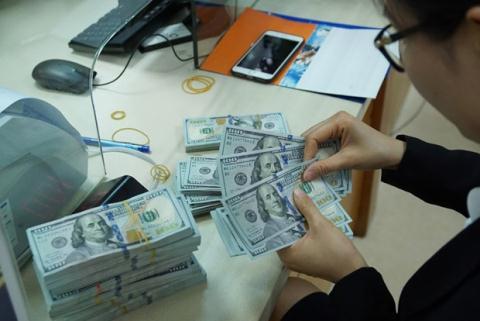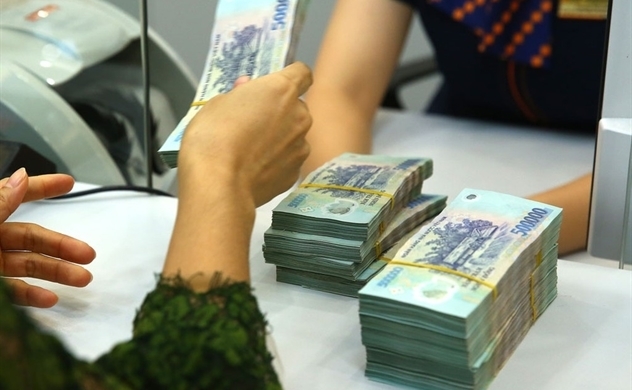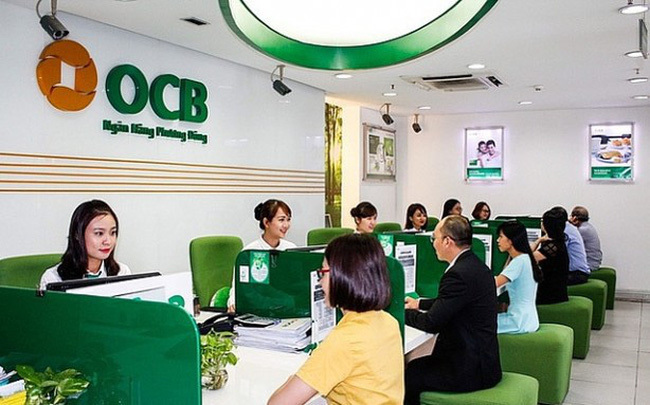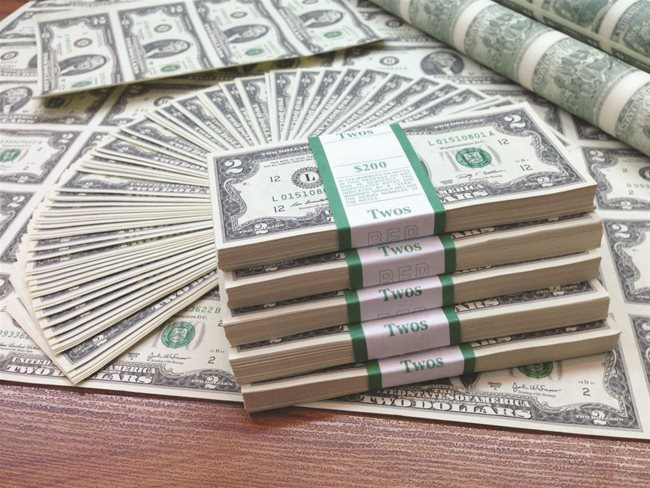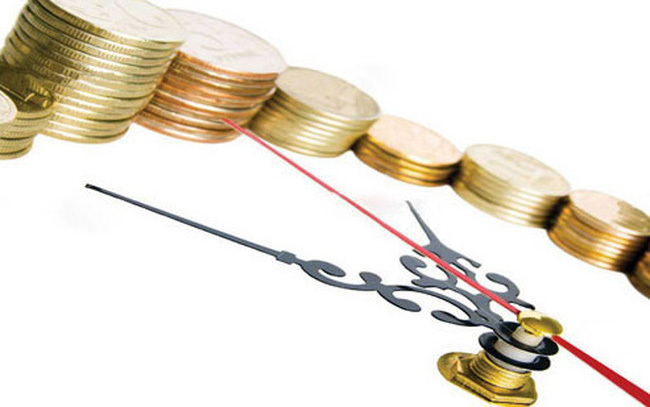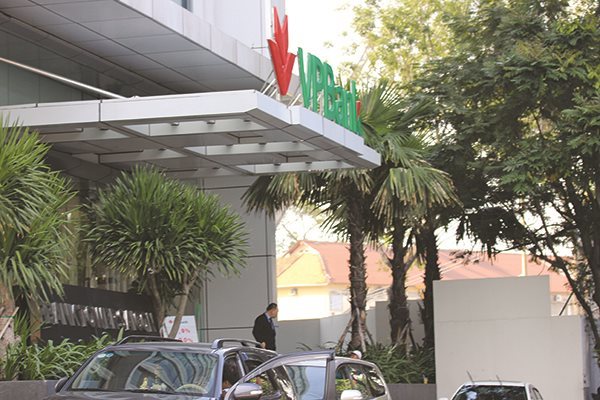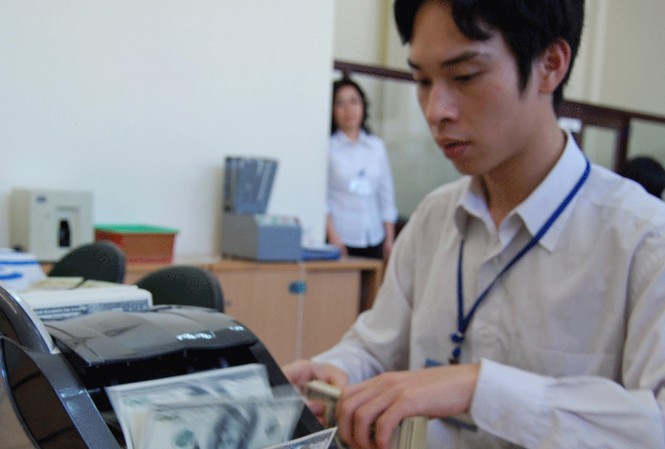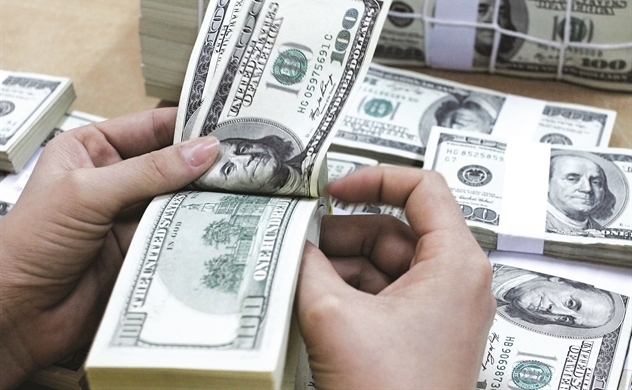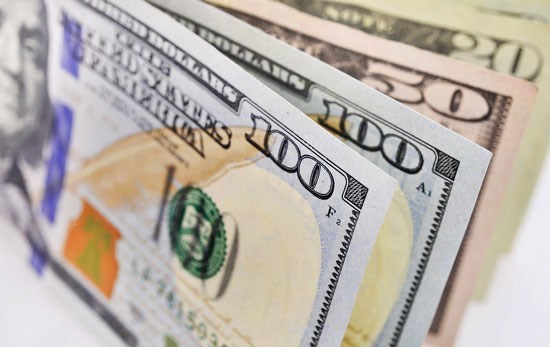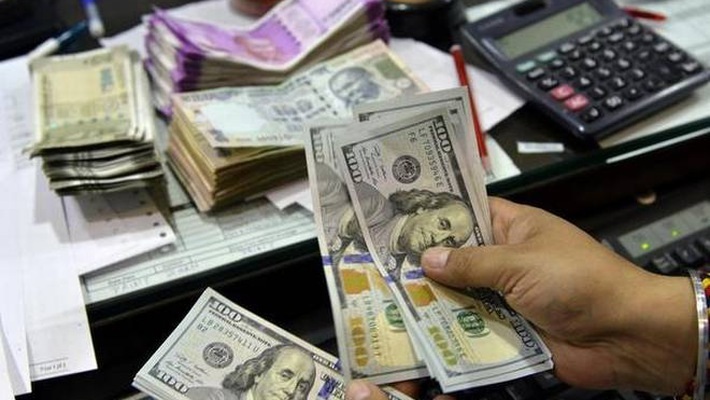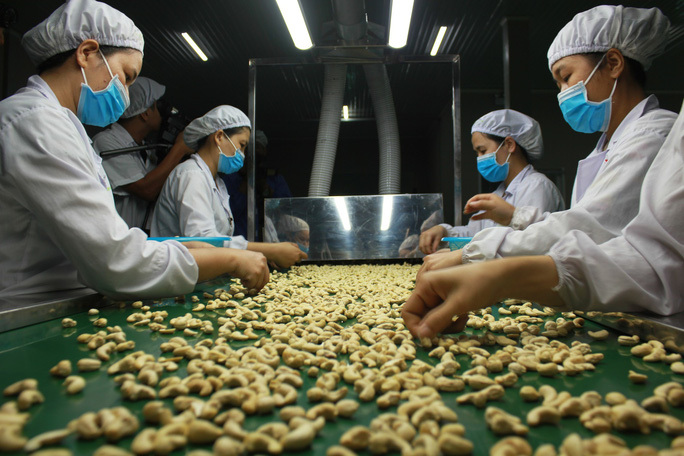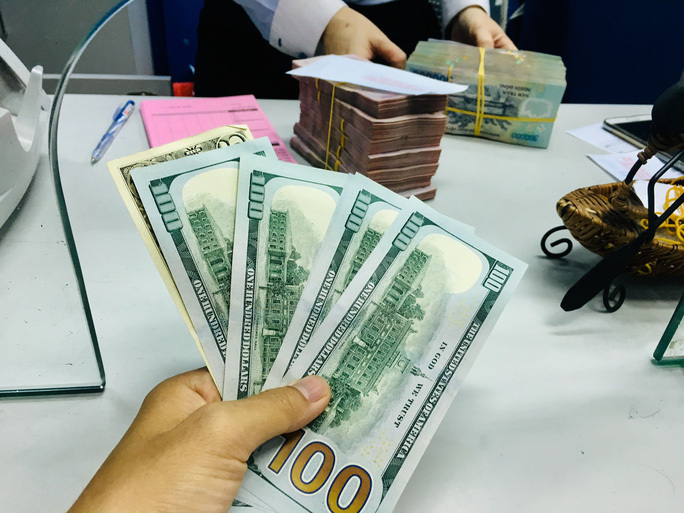- © Copyright of Vietnamnet Global.
- Tel: 024 3772 7988 Fax: (024) 37722734
- Email: evnn@vietnamnet.vn
exchange rate
Update news exchange rate
Why has the US dollar price escalated?
 The US dollar price has been increasing sharply over the last two weeks.
The US dollar price has been increasing sharply over the last two weeks.
Where are Vietnamese people investing their money?
 Depositing money at banks is prefered by most people who have idle money. However, it is now less attractive than corporate bonds and gold.
Depositing money at banks is prefered by most people who have idle money. However, it is now less attractive than corporate bonds and gold.
How will exchange rate and interest rate be affected amid Covid-19 outbreak?
 SSI Research says the financial market in 2020 will be unpredictable and much less active than the forecasts released at the end of 2019.
SSI Research says the financial market in 2020 will be unpredictable and much less active than the forecasts released at the end of 2019.
Vietnam will not use exchange rate as a tool to boost trade: SBV
 The State Bank of Vietnam (SBV) has many times affirmed that Vietnam has no intention of devaluing the local currency to gain advantages in trade with its partners.
The State Bank of Vietnam (SBV) has many times affirmed that Vietnam has no intention of devaluing the local currency to gain advantages in trade with its partners.
Dollar price rises, investors seek shelter amid coronavirus outbreak
 The official dong/dollar exchange rate announced by SBV reached a peak of VND23,206 per dollar on February 4, an increase of VND36 per dollar compared with the time before Tet.
The official dong/dollar exchange rate announced by SBV reached a peak of VND23,206 per dollar on February 4, an increase of VND36 per dollar compared with the time before Tet.
Vietnam faces exchange rate risks when importing electricity
 Vietnam plans to buy more electricity from neighbouring countries, but a big loss of VND3.09 trillion is pending.
Vietnam plans to buy more electricity from neighbouring countries, but a big loss of VND3.09 trillion is pending.
New decade of growth built on diligent and smart work
 As one of the fastest-growing economies, Vietnam still needs to reduce regulatory burdens and promote economic integration to achieve the country’s sustainable development goals through 2030.
As one of the fastest-growing economies, Vietnam still needs to reduce regulatory burdens and promote economic integration to achieve the country’s sustainable development goals through 2030.
Vietnam on US watchlist for currency manipulation
 Vietnam is one of 10 countries in the latest watchlist for currency manipulation released by the US Treasury Department.
Vietnam is one of 10 countries in the latest watchlist for currency manipulation released by the US Treasury Department.
VND to average slightly weaker in 2020
 The Vietnamese dong (VND) would average just slightly weaker by around 1 percent to VND23,475/USD in 2020 due mainly to an predicted decrease in foreign direct investment (FDI) inflows and higher imports.
The Vietnamese dong (VND) would average just slightly weaker by around 1 percent to VND23,475/USD in 2020 due mainly to an predicted decrease in foreign direct investment (FDI) inflows and higher imports.
The picture of Vietnam's banking sector in 2019
 The BIDV’s sale of shares to South Korean investor, the technology upgrading race among banks and a series of moves taken by the central bank are the highlights of 2019.
The BIDV’s sale of shares to South Korean investor, the technology upgrading race among banks and a series of moves taken by the central bank are the highlights of 2019.
Vietnam receives record-high foreign currency influx in 2019
 The State Bank of Vietnam (SBV) bought a record high amount of foreign currencies this year. The same is expected in 2020.
The State Bank of Vietnam (SBV) bought a record high amount of foreign currencies this year. The same is expected in 2020.
Vietnam's monetary market 2019: earlier forecasts missed the mark
 When the State Bank of Vietnam (SBV) late last week slashed the dollar purchase price, the greenback prices quoted by commercial banks were adjusted immediately.
When the State Bank of Vietnam (SBV) late last week slashed the dollar purchase price, the greenback prices quoted by commercial banks were adjusted immediately.
Speculators told to be wary of ‘exchange rate game’ as US dollar supply is plentiful
 The international and domestic forex markets have seen many unexpected movements recently.
The international and domestic forex markets have seen many unexpected movements recently.
Vietnam’s forex reserves increasing rapidly
 Vietnam’s forex reserves had reached $73 billion, equal to the value of 14 weeks of imports, as of October 31.
Vietnam’s forex reserves had reached $73 billion, equal to the value of 14 weeks of imports, as of October 31.
Vietnam central bank fighting against dollarization
 The level of dollarization of an economy is based on the ratio of foreign currency deposits to total money supply (M2), or total deposits; and the ratio of outstanding foreign currency loans to M2, or total outstanding loans.
The level of dollarization of an economy is based on the ratio of foreign currency deposits to total money supply (M2), or total deposits; and the ratio of outstanding foreign currency loans to M2, or total outstanding loans.
Vietnam will not use exchange rate as tool to boost exports: central bank
 The central bank believes that for an open economy like Vietnam, the sharp devaluation of the local currency will not help boost exports, but will do more harm than good.
The central bank believes that for an open economy like Vietnam, the sharp devaluation of the local currency will not help boost exports, but will do more harm than good.
VN Central Bank cuts interest rate in cautious step
 Applauding the State Bank of Vietnam’s move to cut the prime interest rate, experts said the 0.25 percentage point cut, however, is relatively modest.
Applauding the State Bank of Vietnam’s move to cut the prime interest rate, experts said the 0.25 percentage point cut, however, is relatively modest.
Vietnam’s forex reserves peak at $70 billion
 After two big purchases of foreign currencies in the first four months of the year and from July until now, Vietnam’s forex reserves reached the highest level, now at $70 billion.
After two big purchases of foreign currencies in the first four months of the year and from July until now, Vietnam’s forex reserves reached the highest level, now at $70 billion.
How will the US-China currency deal affect Vietnam’s exports?
 Businesses are optimistic about the prospects of the two largest export markets, the US and China, after the Chinese yuan for the first time fell from the ‘red line’ since 2008 to 6,9225 yuan per dollar.
Businesses are optimistic about the prospects of the two largest export markets, the US and China, after the Chinese yuan for the first time fell from the ‘red line’ since 2008 to 6,9225 yuan per dollar.
VND stable despite trade war escalation
 Most currencies have depreciated against the US dollar but the Vietnam dong value has remained stable.
Most currencies have depreciated against the US dollar but the Vietnam dong value has remained stable.
